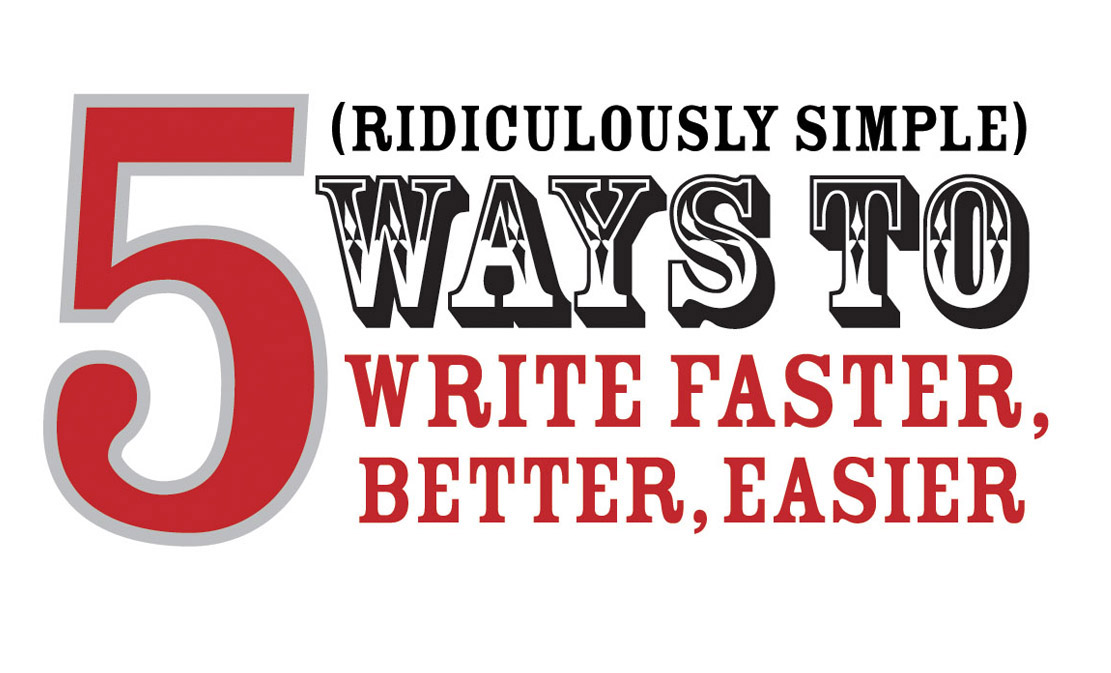Is This the Future of Video Storytelling for Organizations?
 Wednesday, April 8, 2009 at 07:40AM
Wednesday, April 8, 2009 at 07:40AM I don’t know how I missed this, but I did.
In February of 2007, The Washington Post launched “onBeing.”
The concept?
We need to get to know each other better and what better way to do that than by capturing everyday stories from everyday people.
The result? Short video stories that are:
- Compelling
- Inspiring
- Radically simple
“The unique videos present the musings, attitudes, passions and quirks of people in an up-close documentary style. Each person speaks to the camera against a stark white background. The uncomplicated presentation intensifies the viewing experience and focuses the spotlight on each person's story without distraction.” (Washington Post press release)
Beyond the simplicity it offers, there is something “soulful” about it. Perhaps it’s the fact that each one of us have stories that resonate with one another. Yes, the details in our stories are different but the truth in another’s story is also within us, too. After watching a few of these stories, I find myself remembering that we are all connected and inseparable.
“The initial four “on Being” segments are emblematic of how we can learn from each other by sharing experiences and thoughts.” (Washington Post press release)
Maybe this is why we’re seeing more organizations embrace this approach to connect to their viewers and readers.
Over to you-
- Can organizations use video narratives as a way to learn from one another?
- Are video narratives an effective way to genuinely engage employees and its customers?
- In a time of information saturation, should organizations integrate narratives into their communications efforts? If so, how?
- Can our individual stories be part of a larger brand’s story?
So what do you think?
---Tom
PS. I've successfully used this "Errol Morris" technique many times. It's an incredibly simple but effective way to engage your audience with your story or message.





Reader Comments (4)
Cheers, JP